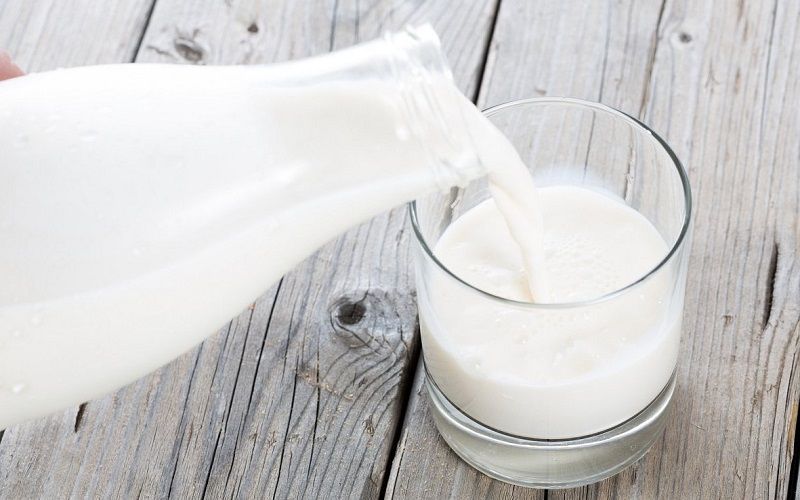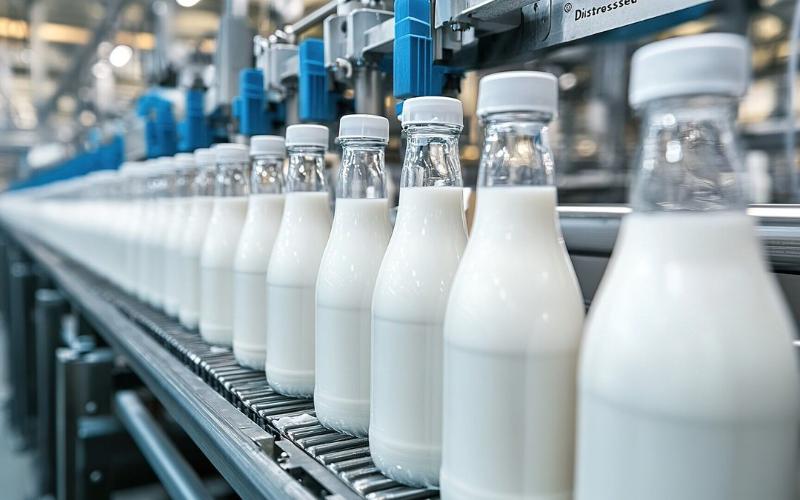Nutritional Characterization of Emerging Milks: Donkey, Goat, and Cow

The Instituto de Investigaciones Agropecuarias (INIA), through its Regional Centers INIA La Platina and INIA Remehue, has released Technical Sheet No. 264, titled: "Emerging Milks: Nutritional Characterization of Donkey, Goat, and Cow Milks Available in the Market."
This publication, developed by researchers Ignacio Subiabre and Nicolás Pizarro from INIA Remehue, alongside Cristina Vergara, Jorge Yáñez, and María José Farías from INIA La Platina, offers critical insights into the nutritional composition of different milks, aiding consumers in making product selections tailored to their needs and preferences.
The study highlights the nutritional differences among cow, goat, and donkey milk, focusing on aspects like fat content, proteins, sugars, and fatty acid profiles, thus providing a broad view of market alternatives.
This research was part of a project funded by the Chilean Nutrition Society (SOCHINUT) titled “Effect of Emerging Milks vs. Cow Milk on Glycemic Index in Type I Diabetes.” This initiative was executed in collaboration with researchers Alejandra Parada, Francisca Echeverría, and Carolina Aguirre from the Pontificia Universidad Católica, along with Andrés Bustamente and Verónica Sambra from the University of Chile.
INIA La Platina and INIA Remehue express gratitude to the researchers and partners who made this study possible and reaffirm their commitment to supporting agro-food research for Chile and beyond.












